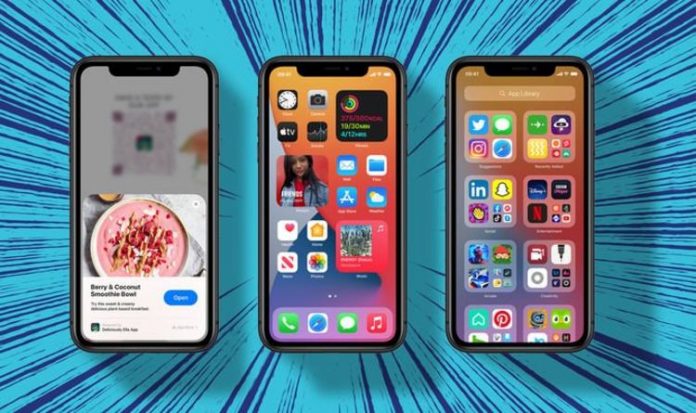The next blockbuster iOS update could spell bad news for those with older iPhone models. That’s because Apple could drop support for the first-generation iPhone SE, iPhone 6S and 6S Plus, leaving them stuck running iOS 14 forever. That’s according to a new report from French website iPhoneSoft.
With the launch of iOS 13 back in September 2019, Apple dropped support for iPhone 5S, iPhone 6 and iPhone 6 Plus. But the following year, with the arrival of iOS 14, the list of supported devices remained unchanged. That meant iPhone 6S, 6S Plus and SE owners were able to take advantage of the latest features, including the redesigned Messages app with threaded replies, MeMoji stickers based on your likeness, cycling routes in Apple Maps, and Widgets on the homescreen. The latter represent the first time that Apple has tweaked the appearance of the homescreen on iOS in the 12 years since the launch of the iPhone.
But that could now be the end of the road for iPhone 6S and 6S Plus owners, who bought their handset back in September 2015.
Five years is a pretty good inning for any technology product. Of course, these devices will continue to work, but will miss out on the latest design tweaks and features from Apple. For comparison, Samsung, OnePlus and Google promise to keep their smartphones updated with the latest software for three years.
The iPhone SE, which includes the same internals as the iPhone 6S but uses the exterior of the smaller iPhone 5S, launched back in March 2016. Apple launched a sequel in April 2020 that borrowed the case from the iPhone 8, but leverages the same processor as the iPhone 11 and iPhone 11 Pro.
According to the new report from iPhoneSoft, it received confirmation that iOS 15 would drop support for iPhone 6S, 6S Plus and SE from a source inside Apple. However, it’s always worth taking these rumours with a pinch of salt until it’s confirmed by Apple.
Thankfully, we likely won’t have to wait too long to find out whether the rumour is accurate.
That’s because Apple typically unveils details about its upcoming operating systems, including iOS, during its developer conference, known as WWDC. This usually takes place in June, although it’s unclear whether Apple will reschedule at a later date, or hold a virtual presentation again – as it was forced to do last year due to the ongoing public health crisis.




